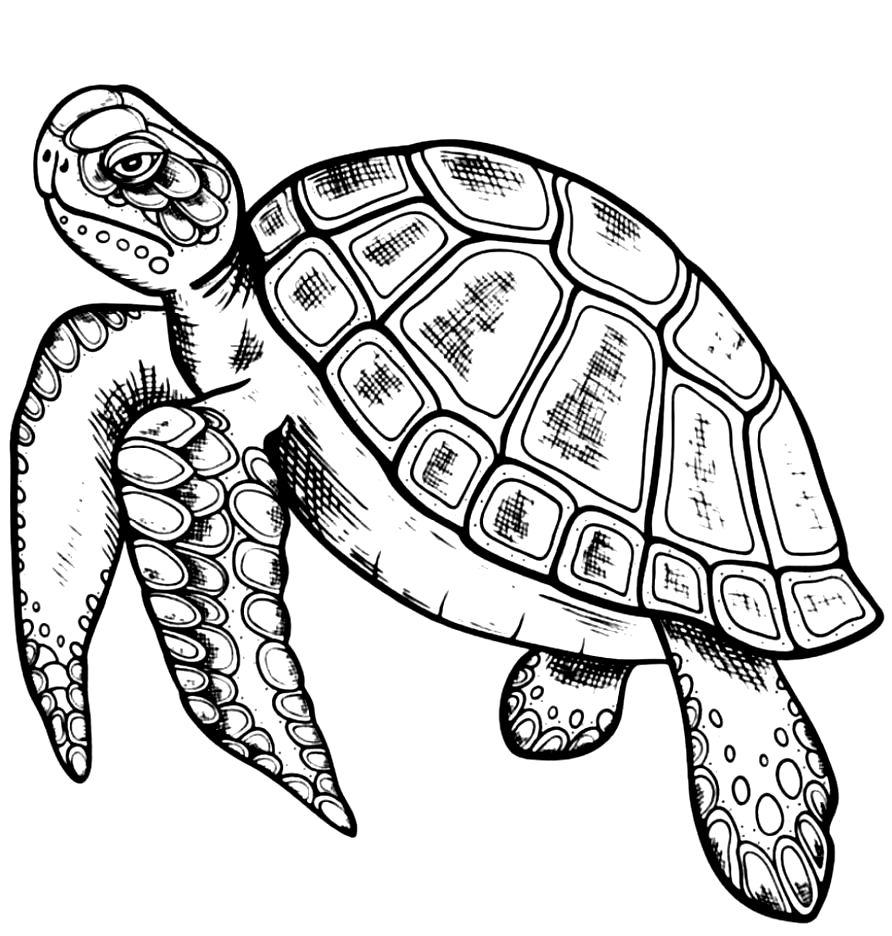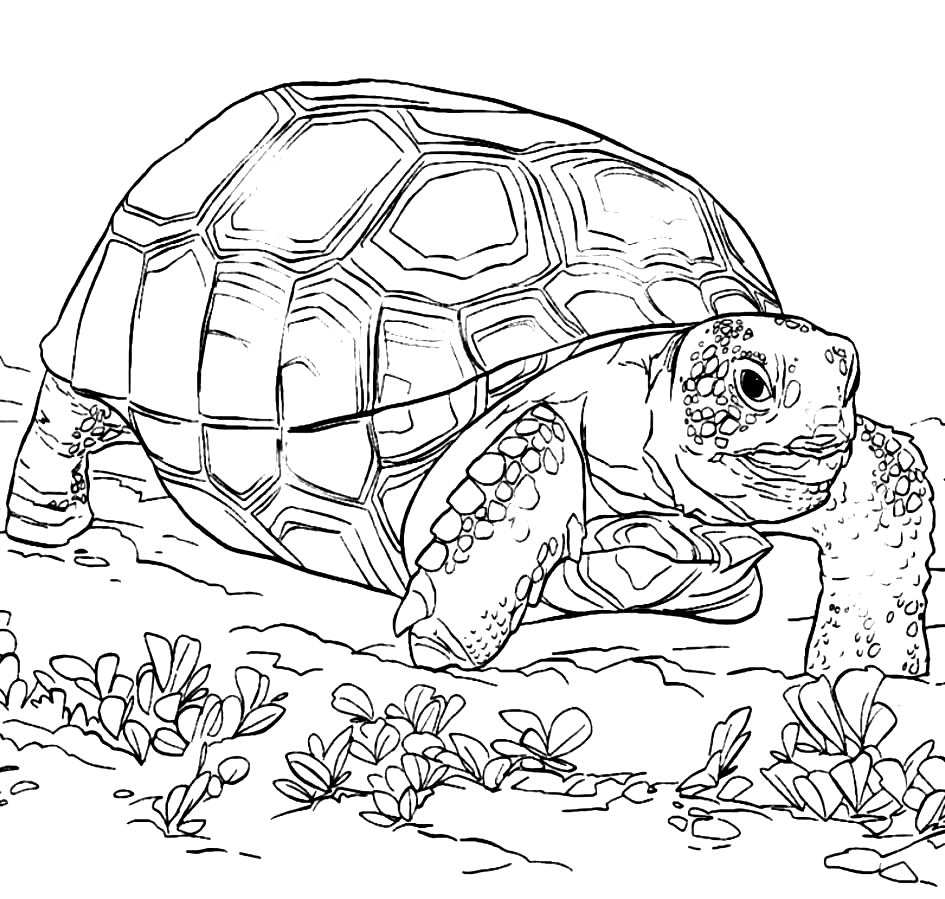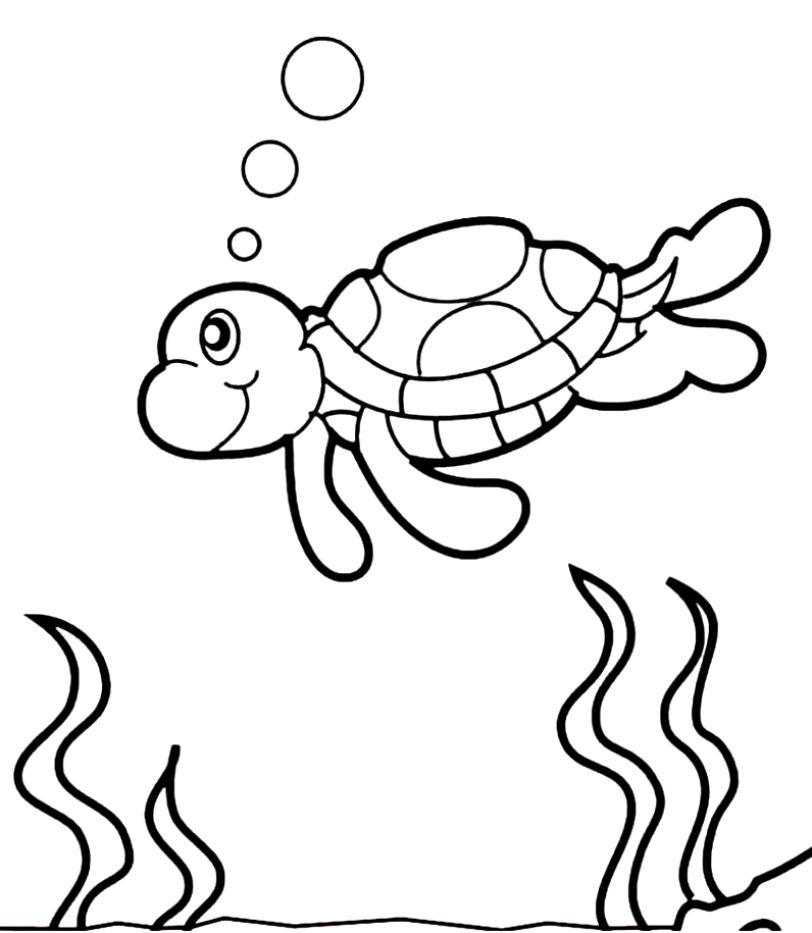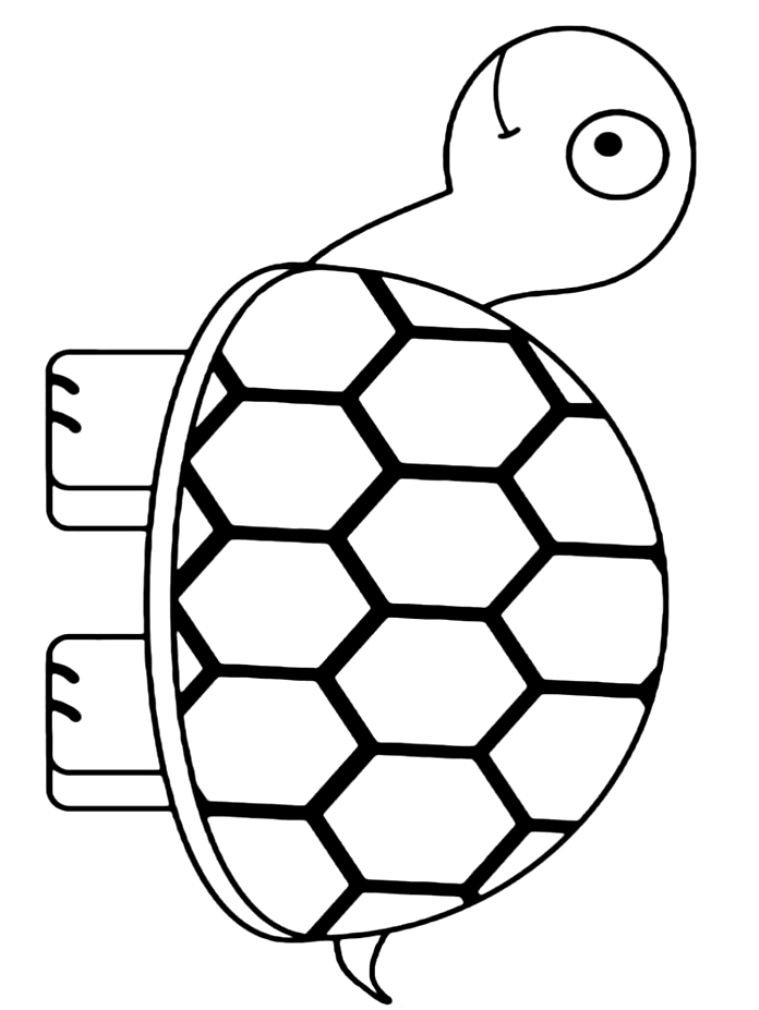Turtles
Coloring pages on turtles are quite exciting. How would you like to get to know this slow and cold-blooded creature? Now we will share with you the turtles coloring pages and detailed information. The name of this animal is turtle and to paint it we will need pencils such as green, gray, brown, black. The bodies of turtles are covered with a thick shell. The head, tail and legs can extend out of this hard shell and thus they can feed and move. With their aquatic and terrestrial species, turtles are slow creatures that have won the sympathy of almost everyone.
Turtles coloring pages (free printable)
We have carefully selected the turtle coloring pages for you. Now I want to give you interesting information about these creatures. Learning while painting will introduce you to this creature better. Turtles are vertebrates. It has a skeletal system hidden in its body inside the hard shell. Turtles are very hardy creatures. It is the most resistant creature to high heat, cold and hunger. Turtles are one of the oldest creatures on earth. It has been scientifically proven that they lived on Earth 200 million years ago.
What Are Turtle Species?
Turtles, known for their slowness in cartoons and fairy tales, are one of the oldest creatures on earth. Their existence dates back to approximately 200 million years ago. Tortoises are vertebrate creatures that hide under their hard shells. They have heads, tails and legs that can come out from under this hard layer on their bodies. In this way, they can move and complete their feeding. Turtles are divided into species that can live both in water and on land.
- Caretta Caretta
- Chelonia Mydas
- Eretmochelys imbricata
- Dermochelys Coriacea / Leatherback Sea Turtle
- Lepidochelys Olivacea / Olive Green Sea Turtle
- Lepiddochelys Kempii / Day Nesting Sea Turtle
- Wooden Turtles
These creatures, whose reproduction is in the form of egg-laying, can live for many years. Their lifespan is so long that they can witness several generations. Turtle species can live for approximately 150-200 years. Turtles, which are also strong in endurance, are also very resistant to high heat, cold and hunger.
Although these creatures have a highly developed sense of smell, they are not that good at hearing sounds. Although they can tear hard objects, they do not have teeth. Another feature is that they hibernate all year. While terrestrial turtles spend their winter sleep under the ground, aquatic turtles dive into the depths of the sea and wait for the summer to come.
Turtle Dimensions
Unlike other animal species, turtles have many species that differ in size and characteristics. The largest known turtle is 1.60 meters. It can weigh up to 680 kilograms. There are many species of turtles that are close to 1 meter in length or a little over.
Pet turtles are usually 7-8 cm long and weigh about 150 grams.
Turtle Shells
The biggest feature that distinguishes turtles from other reptiles is their shells. The structure of these shells is the same as the substance that makes up the human nail, but it is harder and stronger than the nail.
Turtles are known to stick their heads and legs inside this shell when they are afraid or want to hide. This self-concealment feature varies according to the species of turtles. Sea turtles are one of the turtle species that do not have the ability to hide inside the shell.
Habitat of Turtles
Turtles can live in different regions according to their species. It is possible to come across a turtle while walking in a forest, near a fresh water or in the sea. The only continent where turtles cannot live is Antarctica. Freshwater, land and sea turtles are found on every continent except this continent. The characteristics of turtles also vary according to their habitat and habitat.
Some aquatic turtles can live both on land and in water. Caretta carettas can be given as an example. Land turtles, on the other hand, live in more continental climates, often referred to as steppes.
Caretta carettas, the most well-known turtle species, live in the ocean. It comes ashore during egg laying periods. The Atlantic, Pacific and Indian oceans are the oceans where caretta carettas prefer their shores during egg laying periods. Turkey is among the countries where the caretta carettas stop to lay eggs.
Land turtles, which are among the hibernating animal species, like to live in warm weather.
They love to sunbathe and stand on hot soil in hot weather. In winter, in order to protect themselves from cold weather conditions, they dig a hole in the soil and sleep in this hole. Unlike water turtles, their feet are round in shape, suitable for digging the ground.
Habits of Turtles
Turtles get used to their environment, other creatures and objects in the environment. For pet turtles, when a turtle is brought with him as a friend or when his friend dies, he may become depressed because there is a change in the environment. Turtles living in the wild are known for their non-social nature. They are not creatures that get bored of loneliness, but the disappearance of the friends they see every day stresses them out. In other words, we can say that turtles are tightly bound to their habits. Any change in the environment will cause them to experience stress.
Some turtles also have different vocalization habits. In general, turtles are creatures that make sounds. The sounds they make differ according to the species.
Nutritional Characteristics of Turtles
Turtles are generally omnivores. But some turtle species only eat grass. In general, they feed by consuming foods such as small fish, plants, worms, algae. For house-fed turtles, all the nutrients and amounts that should not be taken daily should be researched and used. Turtles, which feed on insects, fish and plants in natural life, have a diet rich in protein, amino acids, vitamins and minerals with this diet. These nutritional needs must also be met in the home environment. Calcium and vitamin D are absolutely necessary for turtles to survive. Pet turtles can be fed calcium-containing foods such as eggshells. Regular sun exposure is essential for vitamin D.












